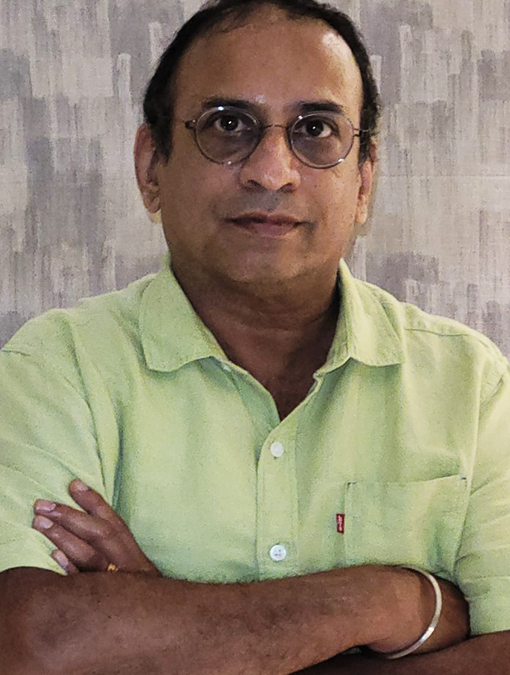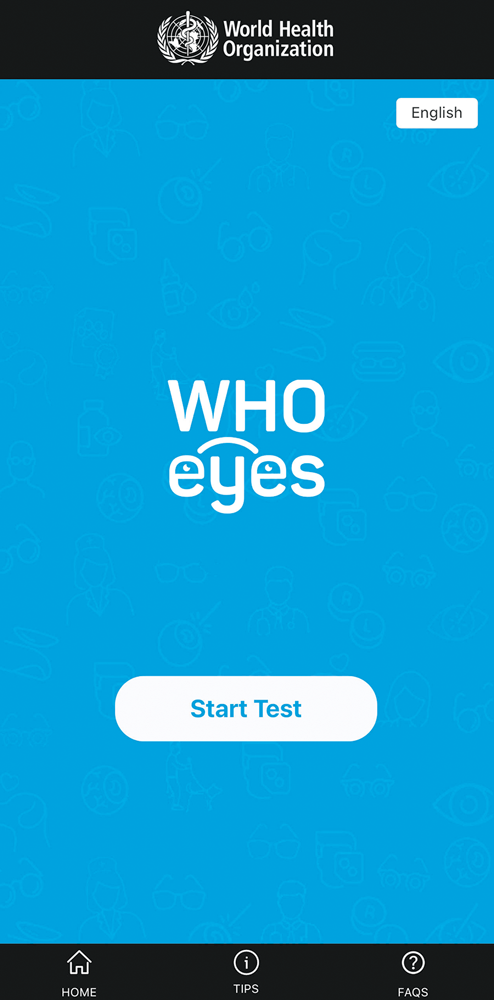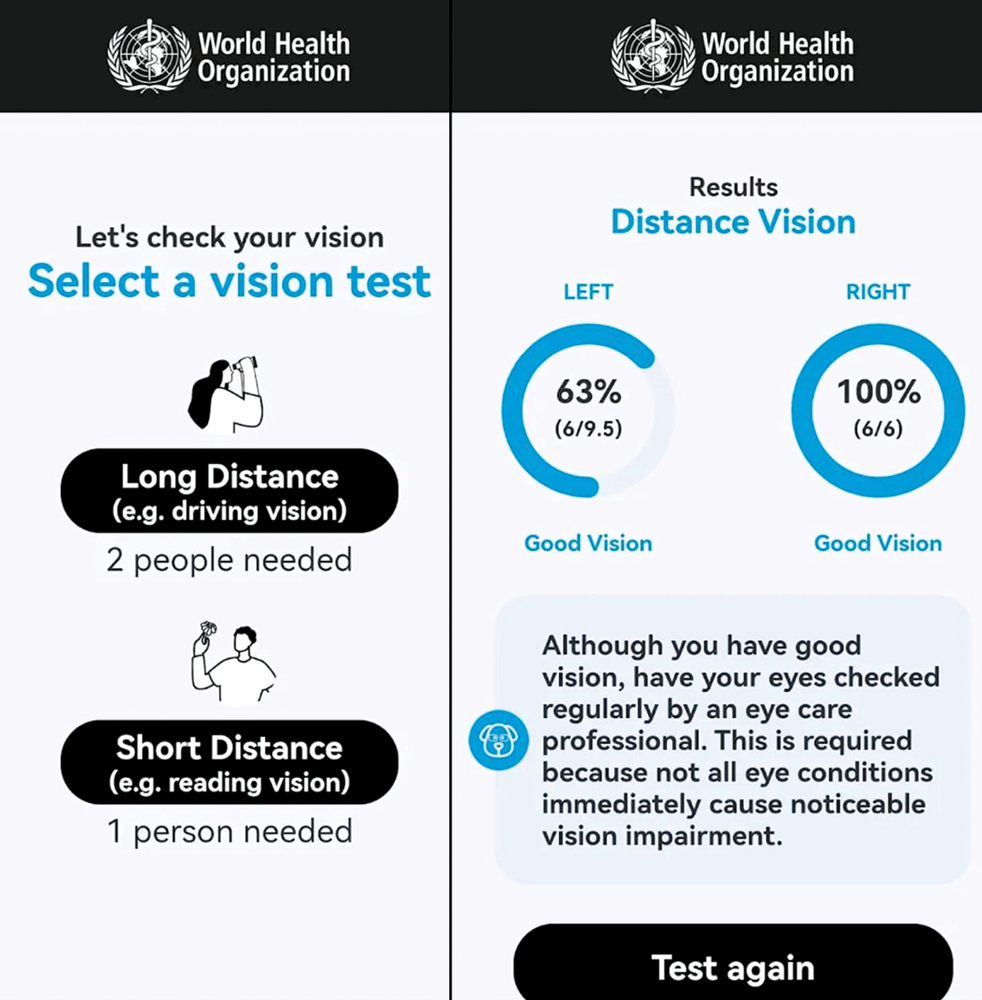Home » REPORTS » LATEST REPORTS » Extending eye screening facilities via apps and infrastructure
While residents of cities and larger towns in India have access to eye tests that are undertaken by optometrists and ophthalmologists, there is still a gap in addressing uncorrected refractive error in the smaller towns, villages and rural regions. Eye hospitals and large institutions – both private sector and not-for-profit organisations – have been playing a significant role over the decades in addressing the needs of many of these regions and underserved communities through outreach eye camps. However, a lot more needs to be done.
To this end, two important points may be considered: Modern technology; and utilising existing government infrastructure to put it to use. These can contribute to, and strengthen the work of, the above-mentioned institutions to extend their reach.

In this connection, the World Health Organization’s Eyes app is available on mobile platforms. WHOeyes is a free mobile application. The app uses automated distance calculation technology. This technology allows the phone to measure the correct distance between the screen and the person being evaluated for distance vision and near vision.
In this connection, the World Health Organization’s Eyes app is available on mobile platforms. WHOeyes is a free mobile application. The app uses automated distance calculation technology. This technology allows the phone to measure the correct distance between the screen and the person being evaluated for distance vision and near vision.
Spreading awareness of eye screening must be taken on a massive scale to see the impact. This application can be widely used by the large eye institutions in primary eye care, optometrists, optometrists and vision technicians. To increase awareness about eye care around the country, it would be of great benefit if all trade bodies and professional associations endorse this app and use their networks to promote the same. Alongside, all the sector’s associations working under the refractive error space could consider further discussions with the Ministry of Health, Ministry of Commerce, and Ministry of Education to work on a long-term goal till the year 2030 to reduce the uncorrected refractive error prevalence in India.



copyright © 2020-2024 all rights reserved The Indian optician

copyright © 2020-2024 all rights reserved the indian optician